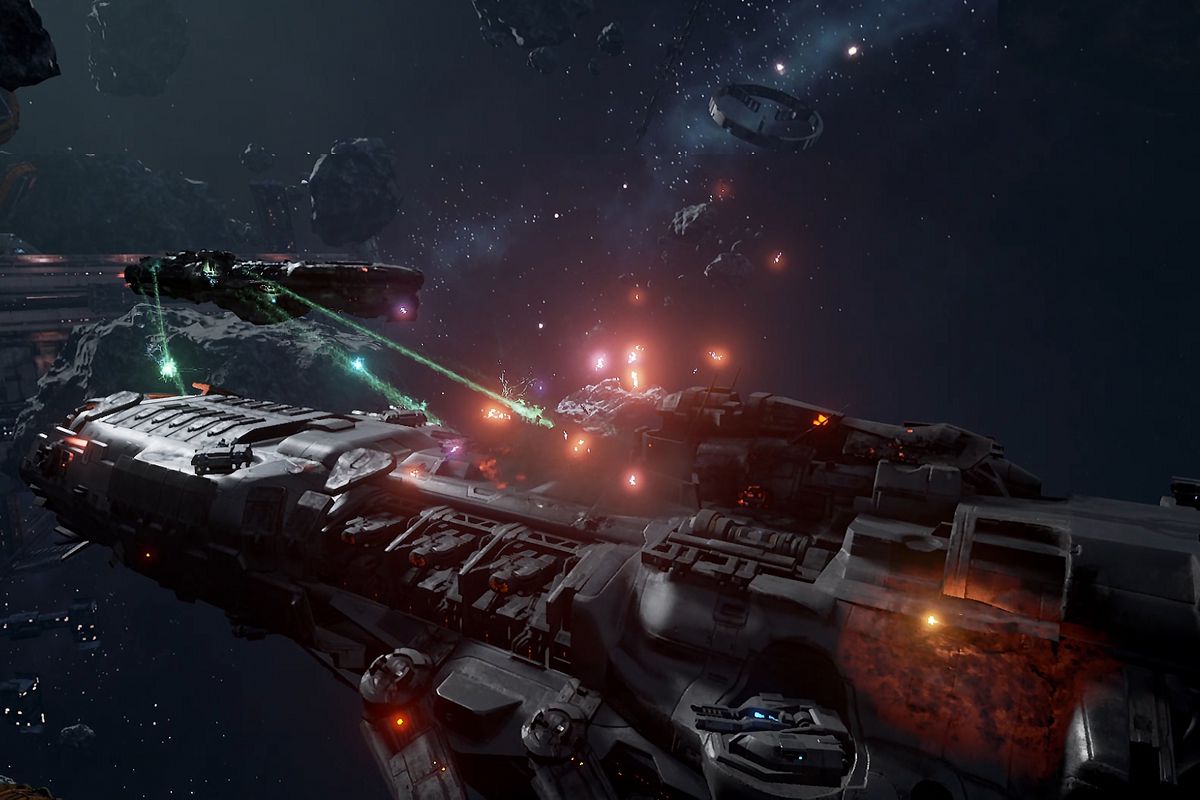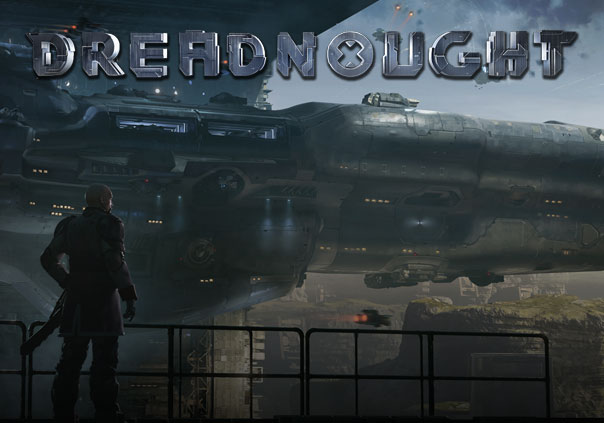
Duetschalands speed was typical for a pre dreadnought though and some dreadnoughts(USN cough) had similarily slow speeds. Some pre dreadnoughts could go around 20 knots typical of dreadnought battleship. The Duetschlands had a battery of 14 5.9 inch secondaries(similar configuration to Mikasa) and had 4 11 inch guns while most pre dreadnoughts going back to Majestic had 4 12 inch guns. Every other major navy except Austria-Hungary(in part cause it took them longer to abandon mixed batteries) ended up commissioning 2 classes of "semi dreadnoughts" with secondary batteries of smaller big guns, such as 8 inches, 9.2 and 9.4 inches. Truth was Germany's last pre dreadnoughts were considerably inferior to the most recent pre dreadnoughts of every other major navy. The Duetschlands as the last German pre dreadnought class, with members among the last pre dreadnought ships to survive it's easy to come to the conclusion these were among the strongest pre dreadnoughts. The ships were considerably weaker, slower and were taken out of the fleet after Jutland. The "five minute" ships which the Germans were forced to bring with the High Seas fleet. Asking if the main issue with pre dreadnoughts and even dreadnoughts might have been it's lack of speed against battlecruisers rather than being outgunned by the early dreadnoughts?īattle Info from wikipedia accounts on battlesįirst example I want to bring up is the Deutschland class at the Battle of Jutland. I'm talking about them being obsolete in terms of combat with dreadnoughts once they were built. French, Russian and Austro-Hungarian semi-dreadnoughts that sought a compromise between all big guns and a strong secondary battery as late as 5-6 years after Dreadnought were mistakes. Pre Dreadnoughts regardless of combat ability were far more vulnerable to mines, torpedos etc. Obviously after Dreadnought it didn't make sense to make pre dreadnoughts anymore.


First want to make clear what I'm not saying.


 0 kommentar(er)
0 kommentar(er)
